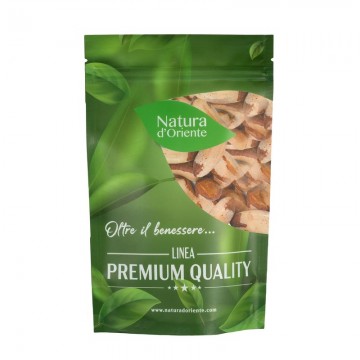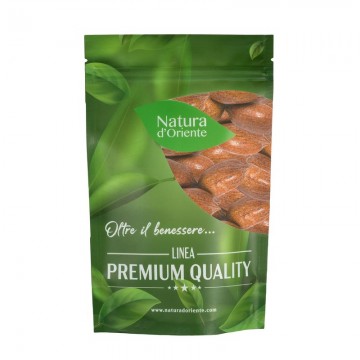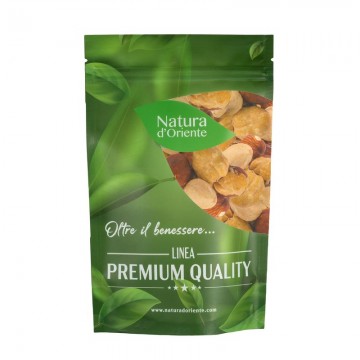A few tens of grams of walnuts per day provide a valuable supply of minerals and a reasonable calorie intake .
Common nuts: nutritional characteristics and diet
The common walnut is a concentrate of calories and mineral salts, with a decent supply of some B vitamins. The calories come essentially from fat, a good part of the weight is consisting of fats, out of 100 grams of walnuts the fats are over 65 g (some sources even say 68, this is not surprising, for any food the nutrients change slightly depending on the sources), but these fats are almost all polyunsaturated or monounsaturated and only about 6 grams are made up of the dangerous saturated fats. In addition, 9 of the 47 grams of polyunsaturates are made up of the precious Omega-3 and 38 of the Omega-6.
Iron, copper, phosphorus, manganese and magnesium are the mineral salts of which nuts are richest.
Fruit characteristics
The tree that we call common walnut or European walnut and whose "fruit" the Anglo-Saxons call Persian walnut is the species Juglans regia, of the Juglans genus, of the Juglandaceae family. Fruit I put it in quotation marks obviously because what we call (dried) fruit is actually the edible seed of the plant, protected by the characteristic woody shell with a wrinkled appearance and the equally characteristic shape that according to many vaguely resembles a human brain.
Using walnuts in the kitchen
Walnuts in the kitchen are very versatile, used in various ways ( whole, in pieces, blended in creams and sauces ) and in sweet and savory recipes.
We chose a very simple recipe, that of walnut sauce, a Ligurian pesto which is usually seasoned with pasta, but nobody forbids it from spreading on bread or even croutons.
Walnut sauce
Ingredients (for seasoning pasta for 4 people)
150 gr of walnuts
30 gr of pine nuts
40 gr of Parmigiano Reggiano
40 gr of bread crumbs
1 clove of garlic
150 ml of whole milk
extra virgin olive oil to taste
Preparation:
1) Bring a pot full of water to a boil, then throw in the walnut kernels for five minutes, then drain and leave to dry (this step is to eliminate the bitterness of the peel).
2) Soak the bread in milk and, when it has absorbed all the liquids well, squeeze it and get the crumb.
3) Put it in a mixer with the cheese, walnuts, pine nuts and garlic (from which the inner core must first be removed).
4) Blend everything and gradually add the olive oil gradually, which will make the sauce creamy. To help its consistency, add half a glass of milk.
5) At this stage it is important to balance all the ingredients well: if you want a more homogeneous consistency you can add more cheese, otherwise oil or milk.
6) Blend until the desired consistency is reached.
Recipe source: Primochef.it









 No reward points for this product.
No reward points for this product.















